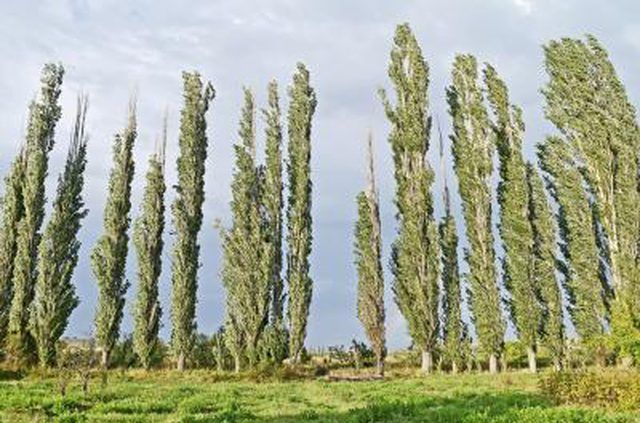Bulbs
Flower Basics
Flower Beds & Specialty Gardens
Flower Garden
Garden Furniture
Garden Gnomes
Garden Seeds
Garden Sheds
Garden Statues
Garden Tools & Supplies
Gardening Basics
Green & Organic
Groundcovers & Vines
Growing Annuals
Growing Basil
Growing Beans
Growing Berries
Growing Blueberries
Growing Cactus
Growing Corn
Growing Cotton
Growing Edibles
Growing Flowers
Growing Garlic
Growing Grapes
Growing Grass
Growing Herbs
Growing Jasmine
Growing Mint
Growing Mushrooms
Orchids
Growing Peanuts
Growing Perennials
Growing Plants
Growing Rosemary
Growing Roses
Growing Strawberries
Growing Sunflowers
Growing Thyme
Growing Tomatoes
Growing Tulips
Growing Vegetables
Herb Basics
Herb Garden
Indoor Growing
Landscaping Basics
Landscaping Patios
Landscaping Plants
Landscaping Shrubs
Landscaping Trees
Landscaping Walks & Pathways
Lawn Basics
Lawn Maintenance
Lawn Mowers
Lawn Ornaments
Lawn Planting
Lawn Tools
Outdoor Growing
Overall Landscape Planning
Pests, Weeds & Problems
Plant Basics
Rock Garden
Rose Garden
Shrubs
Soil
Specialty Gardens
Trees
Vegetable Garden
Yard Maintenance
How to Plant Swedish Columnar Aspen
How to Plant Swedish Columnar Aspen. From urban lots to grand allees, Swedish columnar aspen (Populus tremula "Erecta") offers fast growth and striking vertical form. Hardy in U.S. Department of Agriculture plant hardiness zones 2 through 5, the tree matures near 50 feet in height and 10 feet or less in width. Branches run nearly...

From urban lots to grand allees, Swedish columnar aspen (Populus tremula "Erecta") offers fast growth and striking vertical form. Hardy in U.S. Department of Agriculture plant hardiness zones 2 through 5, the tree matures near 50 feet in height and 10 feet or less in width. Branches run nearly parallel to trunks to form elegant specimens or dense three-season screens -- complete with rustling, glossy green, aspen foliage and yellow, orange and red fall color.
Selecting Your Site
Adaptable and versatile, Swedish columnar aspen isn't fussy about soil type, pH or urban pollution. It prefers a full-sun location with consistently moist, well-drained soil but tolerates dry soil to heavy moisture. Select a planting site free from power lines or other overhead restrictions to allow for mature size and form. The tree grows quickly to 30 feet in height and 4 feet in width its first 10 years. Expect a lifespan of 50 years or more. The lowest branches usually begin about 5 feet above ground. Keep them in sun, or they may drop from the tree. "Erecta" shows high tolerance for de-icing salt sprays from nearby roadways.
Timing and Planting
Plant Swedish columnar aspen in spring, so roots establish well before the cold winters common to its hardiness zones. Dig your planting hole twice the width of the tree's root ball and the same or slightly less deep than its depth. Keep the hole's bottom firm and intact. Set the tree at or slightly higher than the depth it grew in the nursery. Use the existing topsoil and subsoil mixed together to refill the hole. Soil amendments can create a container-like effect and prevent proper root growth. Water the tree well after planting, and mulch the area with a 2- to 3-inch layer of organic mulch. Keep the mulch 3 inches from the aspen's trunk.
Spacing and Care
Plant Swedish columnar aspen at least 8 feet from surrounding buildings or trees to allow room for mature size. For screens or hedges, space trees 8 to 12 feet apart with a 16- to 20-foot setback from drives or between rows. During the first year after planting, supplement rainfall so "Erecta" receives 1 inch of water per week from planting through fall. Provide 2 inches per week in sandy soil, preferably in separate applications. Heavier soils need less, so check your soil manually. Swedish columnar aspen does best without pruning. No fertilizer is needed under normal conditions.
Columnar Considerations
Swedish columnar aspen provides an attractive, healthy substitute for columnar trees prone to disease and early death. This tree is a male form, so there is no "cotton" cleanup. Discovered in a Swedish grove of native European aspen (Populus tremula), the tree is reminiscent of the North American native quaking aspen (Populus tremuloides). Both species are hardy in USDA zones 1 through 6. In addition to soothing, trembling leaves, "Erecta" shares some other aspen features. Vigorous root growth and suckering occurs, but less than the native species. "Erecta" doesn't trouble foundations, but expect tiny aspen suckers in the lawn. Mowing these with the grass usually controls the problem.